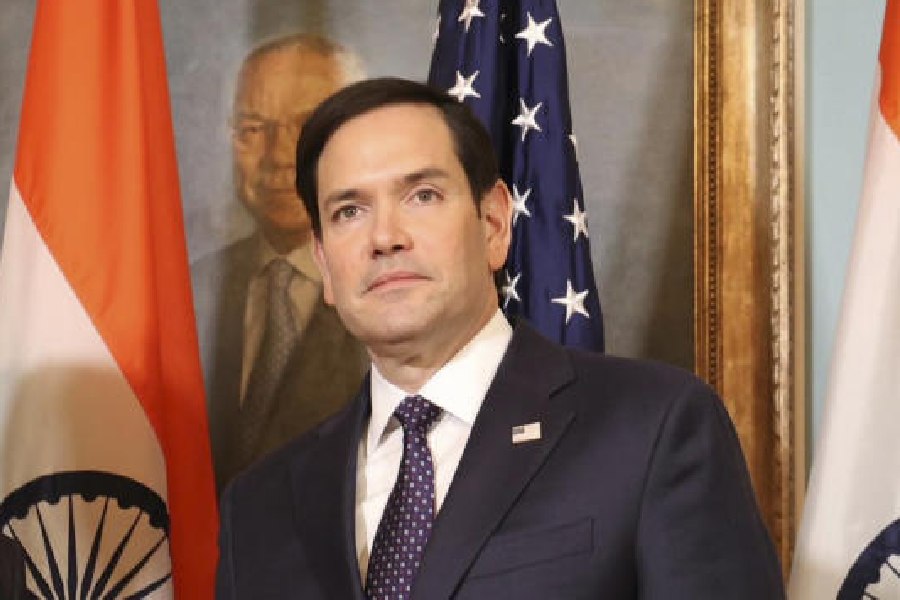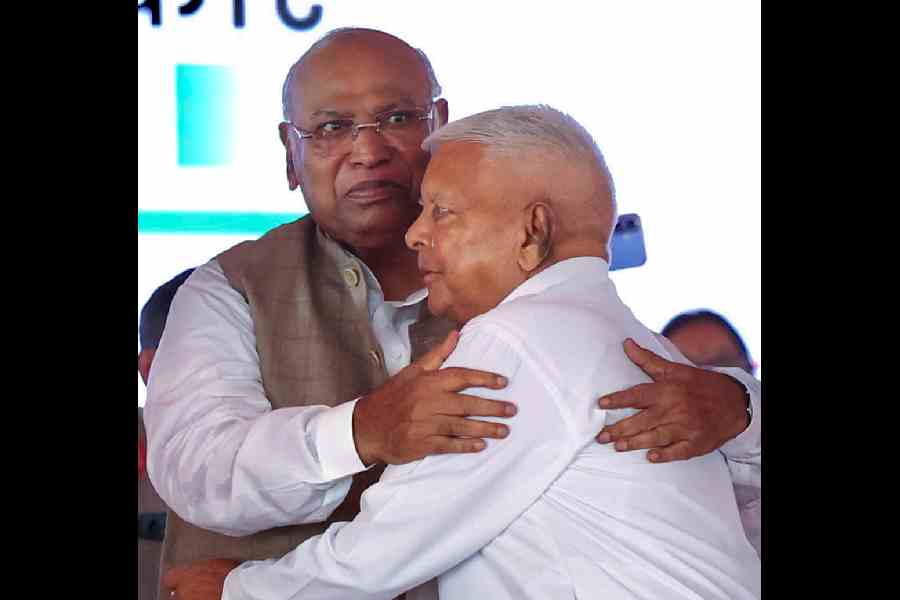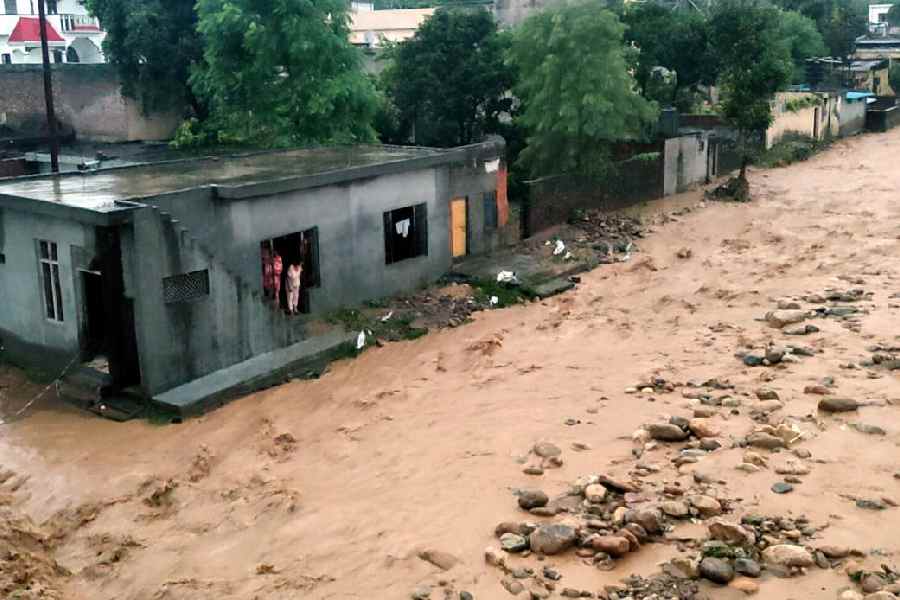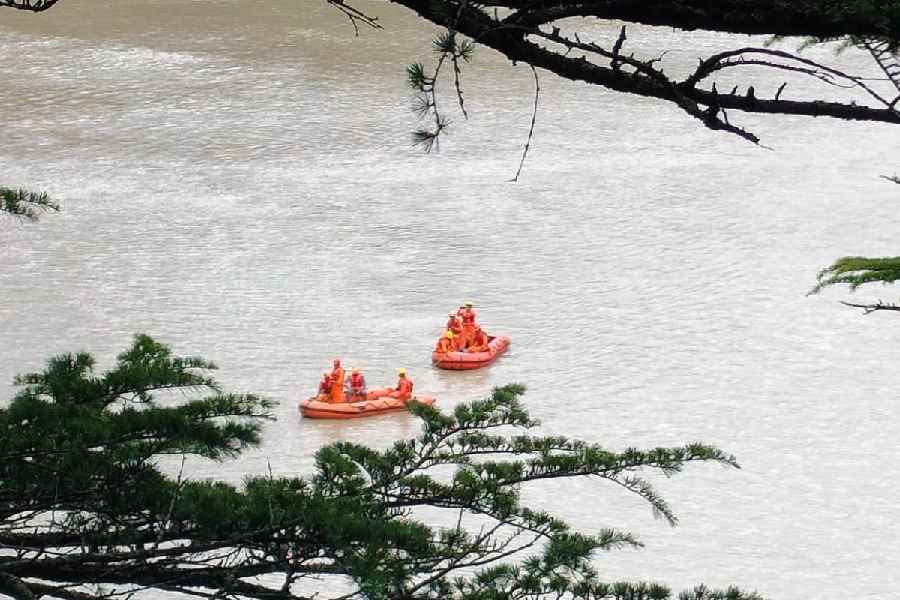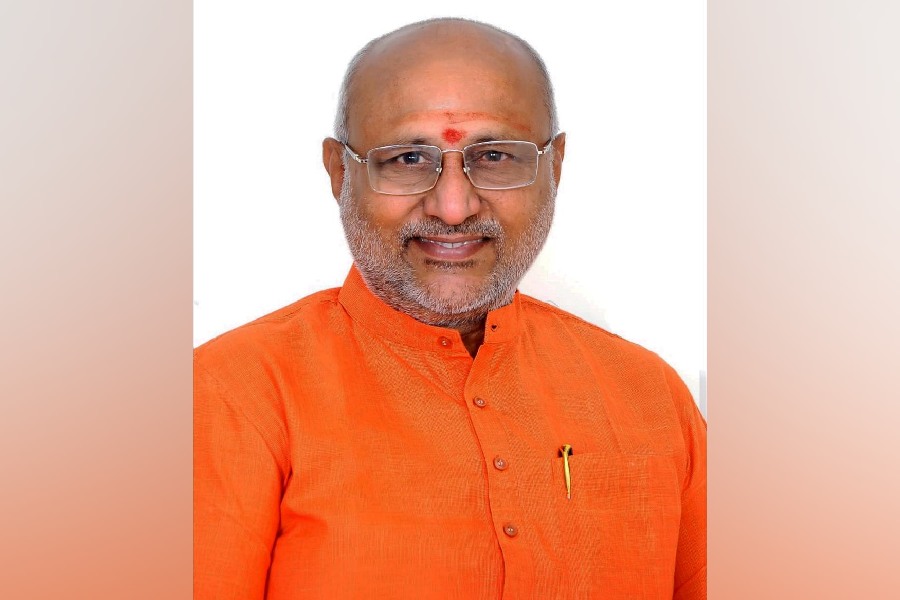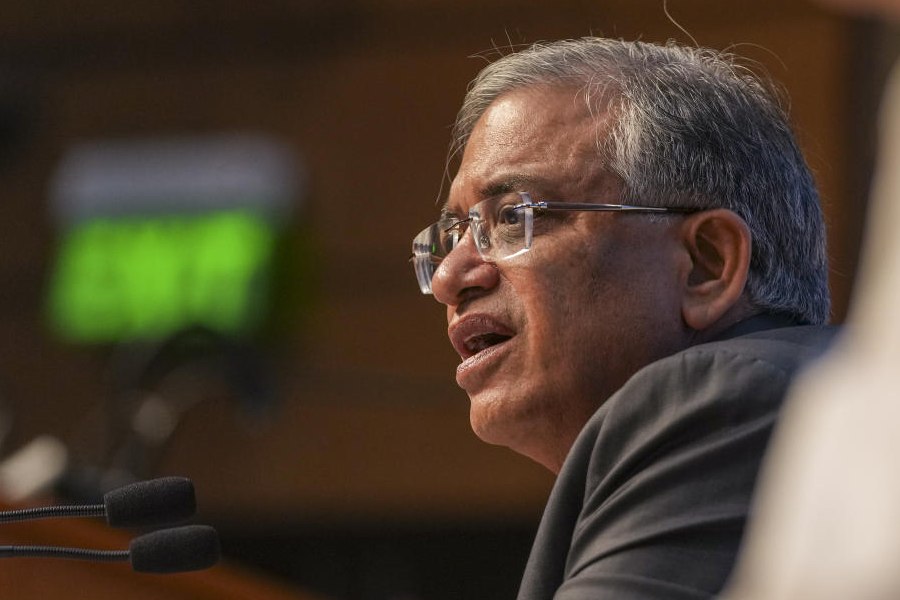 |
| ‘Local political and social institutions should be encouraged to function (in Arunachal Pradesh) with suitable adaptations to changing times’ |
Arunachal Pradesh is situated in the eastern most part of India. It has Bhutan on the west, Tibet in the north, Myanmar in the east and by Assam and Nagaland in the south.
The state has an area of 83,743 square km, which is 2.73 per cent of the total area of the country.
There are 26 major tribes and 110 sub-tribes, distributed in 15 districts. Arunachal Pradesh has 10 towns and 3,649 villages, according to the 1991 census. The tribes of Arunachal Pradesh had been living in societies bound by traditional ethos for centuries. They had their own distinct political, economic and cultural systems, which suited their societies best and regulated their lives well.
However, forces of rationalised administration, improved means of communication, education, mass media, imposition of democratic institutions and procedures and wide faith in change and development have brought about a social modernisation in the tribal societies of Arunachal Pradesh. This process has been very rapid in this part of the country whereas it had been very slow and gradual in other parts of India.
The rapid political development imposed on Arunachal Pradesh from 1969 to 1987 has taken its toll on the state. As a result, the social, political and economic moorings of society of Arunachal Pradesh have been profoundly disturbed. This in turn has affected the youths of the state.
The birth of the territory, which has come to be known as Arunachal Pradesh, may be traced back to the notification issued on September 25, 1914 (Regulation 2 of 1914) by the government of India, foreign and political department. This notification extended Assam Frontier Tracts Regulation 1880 to the hill areas of Assam. Thus North East Frontier Tracts was formed by separating hill areas of Darrang and Lakhimpur districts of the province of Assam. North East Frontier Tracts consisted of the central and eastern sections, the western section, and the Lakhimpur Frontier Tract.
The central and eastern sections were renamed as Sadiya Frontier Tract and the western section as Balipara Frontier Tract in 1919. Lakhimpur Frontier Tract, however, continued to be known as such. This arrangement remained till 1937.
Under the provision of section 91(1) of the Government of India Act, 1935, these frontier tracts were collectively known as Excluded Areas of the Province of Assam. This was given effect in 1937 by the government of India (excluded and partially excluded areas) order, 1936. These excluded areas were administered by governor of Assam in his discretion under section 92 of the above act through political officers and deputy commissioner of Lakhimpur.
This administrative arrangement lasted till 1947. According to India (provisional constitution) order of August 15, 1947, these areas were administered by the governor of Assam on the advice of his cabinet and according to his discretion till January 25, 1950. When the Constitution came into effect on January 26, 1950, the governor of Assam administered these areas as agent of the President and acted in his discretion according to provisions of paragraph 18 of the Sixth Schedule of the Constitution. The constituent assembly had made special provisions for the administration of these North-East Frontier Tracts in the Sixth Schedule of the Constitution.
In the meantime, Tirap Frontier Tract was created in 1943 with some part of Lakhimpur Frontier Tract and Sadiya Frontier Tract with a separate political officer at Margherita. Also, Balipura Frontier Tract was bifurcated into Sela sub-agency and Subasiri area in 1946. In 1948, remaining portion of Sadiya Frontier Tract was bifurcated into Abor Hills district and Mishmi Hills district. The above areas under North East Frontier Tracts were included in part B of the table and appended below paragraph 20 of the Sixth Schedule to the Constitution of India.
According the North East Frontier areas (administration) regulation, 1954, the areas under North East Frontier Tract was renamed as North East Frontier Agency (NEFA). According to provisions of regulations of 1954, the administrative units were renamed with redefined boundaries as Frontier Divisions. Thus, they were known as — Kameng Frontier Division, Subansiri Frontier Division, Siang Frontier Division, Lohit Frontier Division and Tirap Frontier Division.
A three-tier panchayati raj system was introduced in 1969 with an agency council, then known as North East Frontier Agency (NEFA). Unlike in other parts of the country, introduction of panchayati raj in Arunachal Pradesh preceded introduction of universal adult franchise. The modern democratic process of representative government, formal election, universal adult suffrage, decisions by majority were not yet known to the people. Following the introduction of panchayati raj, a distinct and discernible political transition began.
Introduction of the three-tier panchayati raj gave a blow to the traditional political systems in the societies of Arunachal Pradesh. This political change brought about a change in the political leadership of the societies. Earlier societies in Arunachal Pradesh were managed by elderly persons well-versed in traditions and customs of the society. This helped maintain social cohesiveness in the village.
However, with the introduction of new political changes, the social cohesiveness of the villages was disturbed due to the appearance of different political ideologies. Village leadership was taken up by youths who are mostly dropouts of schools and colleges.
They were neither well-versed in customs nor traditions of their societies nor well-trained in democratic ideologies or practices. As a result they commanded very little legitimacy among their people.
Thus, the youths who are exposed to new political arrangements are losing touch with traditional arrangements, which had governed their society earlier. Nor are they at ease with the new political ideologies, processes, norms and procedures. Hence, they are at the crossroads of the society, totally confused and lost.
The new political arrangements have brought a lot of changes in the economic life of the people of Arunachal Pradesh. Economic activities in earlier days were essentially for personal consumption. It was never for accumulation.
But due to the various development projects, new models, technology and inputs were introduced in economic activities. This has alienated the youth from their traditional economic activities, which to a great extent demanded physical labour. Thus gradually the youth of Arunachal Pradesh are drifting towards an easy life without bothering about the means to adopt it.
Another issue confronting the youth is student-politician nexus. Due to lack of any discernible political culture, politics has been taken as a means of earning one’s livelihood. Most of the problems faced by the youths of Arunachal Pradesh are products of models imported to this part of the country from outside.
The planners need to do something urgently in order to prevent repetition of situations obtained in other northeastern states today.
Local political and social institutions should be encouraged to function as they were, with suitable adaptations to changing times. Elders of the villages should be allowed to function as per the traditional norms. The young people should only support the elders by executing whatever they are told to do so. This will help reduce the generation gap and also help in the process of socialisation.


